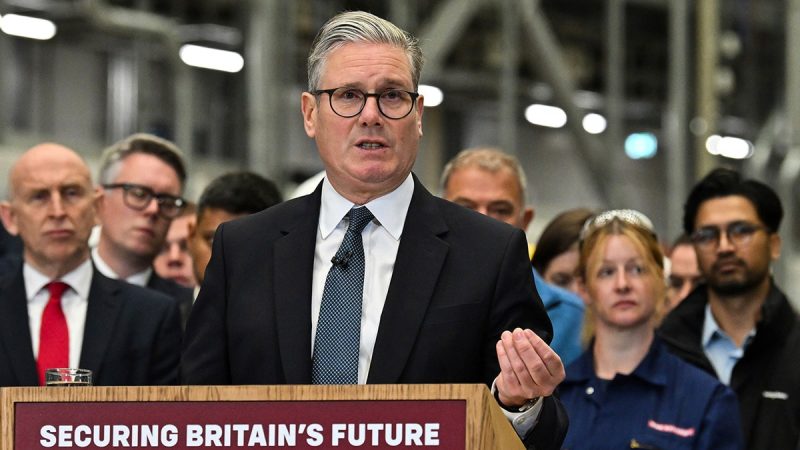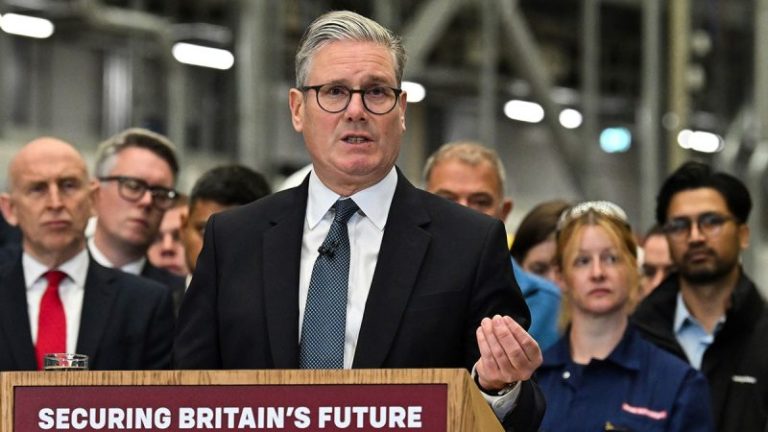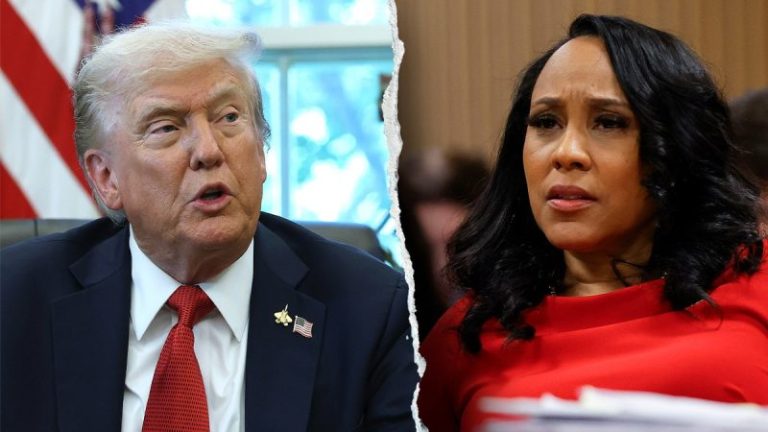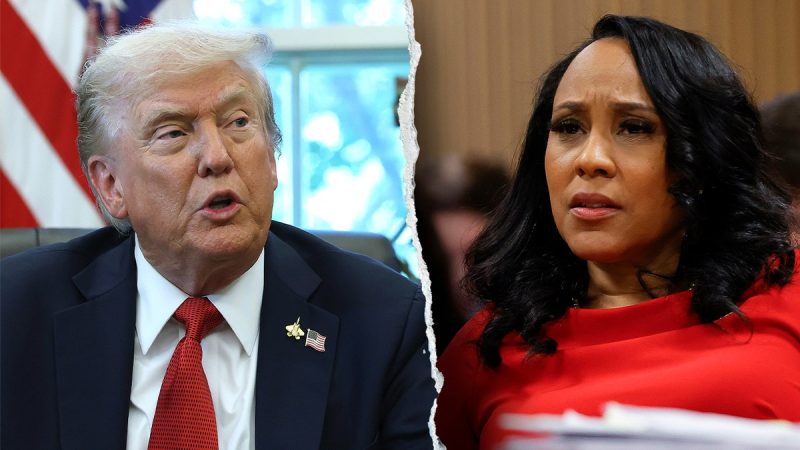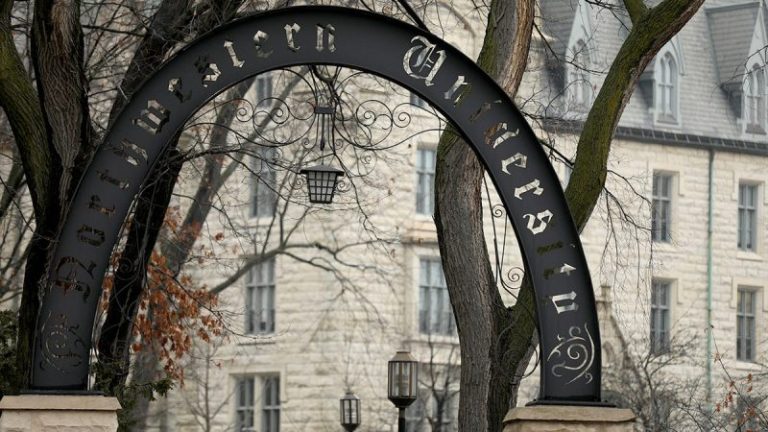

Statistics Canada released third-quarter gross domestic product (GDP) figures on Friday (November 28). The data showed that the economy grew by 0.6 percent over the three-month period, following a 0.5 percent decrease in the preceding quarter.
The agency attributed the gain to lower imports and higher exports. Leading declines were caused by a drop in imports of unwrought precious metals, industrial machinery, equipment and parts, while exports of crude oil and bitumen increased 6.7 percent.
Government capital investments were also up, gaining 2.9 percent, headlined by an 82 percent increase in spending on weapon systems. However, private sector investment was essentially flat, with an increase in residential and engineering structures offset by declines in machinery and equipment, non-residential building and intellectual property.
The agency also released a more detailed monthly breakdown of GDP by industry. In September, the oil and gas subsector posted growth of 1.3 percent while support activities rose 1.6 percent. These gains offset a 2.2 percent contraction in the mining and quarrying subsector. Leading the decrease was a 3.9 percent decrease in non-metallic minerals, highlighted by a 4.9 percent fall off in potash mining.
The GDP news comes just a day after the Federal government and Alberta government signed a memorandum of understanding (MoU) that will see increased support for initiatives in Alberta’s oil and gas sector.
Under the terms of the agreement, the two levels of government will work with the private sector and Indigenous co-ownership to build a pipeline to British Columbia’s North Coast to support the export of 1 million barrels of oil per day to Asian markets. It will also seek to expand the Trans Mountain pipeline to carry up to an additional 400,000 barrels per day.
Additionally, the deal will see significant increases to Alberta’s industrial carbon tax and has caveats that, among other conditions, must be met, including the completion of the Pathways carbon capture and storage projects.
The realism of the MoU’s goals remains uncertain, as the Government of British Columbia and First Nations along the northern coast of the province have expressed their opposition to the project, especially the suspension of the tanker ban through ecologically sensitive and hard-to-navigate waters.
For more on what’s moving markets this week, check out our top market news round-up.
Markets and commodities react
Canadian equity markets surged this week.
The S&P/TSX Composite Index (INDEXTSI:OSPTX) gained 4.84 percent over the week to close Friday (November 21) at 31,382.78.
Meanwhile, the S&P/TSX Venture Composite Index (INDEXTSI:JX) soared 10.57 percent to 937.34. The CSE Composite Index (CSE:CSECOMP) also improved this week, rising 2.22 percent to close at 149.37.
The gold price rose 3.5 percent to US$4,218.77 by 4:00 p.m. EST Friday. The silver price fared even better, surging 11.39 percent to a new record high of US$56.37.
Meanwhile, in base metals, the COMEX copper price ended the week up 3.74 percent at US$5.27 per pound.
The S&P Goldman Sachs Commodities Index (INDEXSP:SPGSCI) gained 0.71 percent to end Friday at 555.16.
Top Canadian mining stocks this week
How did mining stocks perform against this backdrop?
Take a look at this week’s five best-performing Canadian mining stocks below.
Stocks data for this article was retrieved at 4:00 p.m. EST on Friday using TradingView’s stock screener. Only companies trading on the TSX, TSXV and CSE with market caps greater than C$10 million are included. Mineral companies within the non-energy minerals, energy minerals, process industry and producer manufacturing sectors were considered.
1. Mountain Province Diamonds (TSX:MPVD)
Weekly gain: 114.29 percent
Market cap: C$19.11 million
Share price: C$0.075
Mountain Province Diamonds is a mining company with a 49 percent ownership stake in the Gahcho Kué diamond mine in the Northwest Territories, Canada.
The mine, a joint venture with Anglo American (LSE:AAL,OTC Pink:NGLOY) subsidiary De Beers, which owns the other 51 percent, consists of five mining leases covering a total area of 5,216 hectares.
According to a September 2024 technical report, the mine hosts a total indicated resource of 36.4 million carats with an average grade of 1.7 carats per metric ton (c/t) from 21.4 million metric tons of ore, with an additional inferred resource of 23.7 million carats with a grade of 1.79 c/t from 13.3 million metric ton.
In the company’s Q3 report released on November 11, Mountain Province stated that it sold 409,081 carats and raised total proceeds of C$29.2 million at an average price of C$71 per carat.
The company noted that production at the mine was 12 percent lower than the same period last year due to lower than expected stockpile grades; however, grades are expected to improve in Q4 as mining operations began in the higher-grade 5034-NEX orebody.
The most recent news from the company came on November 18, when it amended the terms of its working capital facility with Dunebridge Worldwide. Under the new terms, the company will be able to access additional funds, and it extends the period it can make advances to March 31, 2026.
2. SPC Nickel (TSXV:SPC)
Weekly gain: 100 percent
Market cap: C$23.92 million
Share price: C$0.07
SPC Nickel is an exploration company advancing a pair of projects in Nunavut and Ontario, Canada.
Its Muskox property is a copper, nickel and platinum group metals (PGM) exploration project in Nunavut, consisting of 26 mining claims and two prospector permits covering a total land area of 49,600 hectares. Mineralization at the site was first identified in the 1950s.
The company is also working on its advanced-stage Lockerby East project near Sudbury, Ontario.
A March 2024 resource estimate demonstrates an indicated in-pit resource of 179.1 million pounds of nickel from 19.23 million metric tons with an average grade of 0.42 percent nickel and an out-of-pit resource of 45.7 million pounds of nickel from 3.24 million metric tons grading 0.64 percent from the West Graham target. At the LKE deposit, the estimate shows an additional 17.2 million pounds of nickel from 665,000 metric tons grading 1.17 percent at the LKE deposit.
On Monday (November 24), SPC released assay results from its 2025 exploration program at Muskox. The company stated that the site demonstrated high-grade copper, nickel and PGM mineralization across multiple targets at the 125 kilometer Muskox intrusion.
The company collected 77 grab samples, with 39 returning grades greater than 2 percent nickel and copper, including 19 with grades greater than 5 percent nickel and copper. Additionally, 21 returned PGM grades higher than 5 grams per metric ton.
3. AJN Resources (CSE:AJN)
Weekly gain: 80.95 percent
Market cap: C$12 million
Share price: C$0.19
AJN Resources is an exploration company advancing work at the Otoke gold project in Southern Ethiopia. It also holds option agreements for several lithium projects in the Democratic Republic of Congo and Nevada, US.
The company is currently carrying out due diligence work at the 42.8 square kilometer Otoke gold property as part of a May 2025 conditional heads of agreement that could see AJN earn a 70 percent interest from Godu General Trading.
AJN has 90 days from the start of the due diligence period to drill 1,500 meters. After completing its due diligence, AJN is required to commit to several terms, including an initial US$2 million exploration program and the delivery of a mineral reserve estimate to earn the first 60 percent.
AJN can then acquire an additional 10 percent by meeting certain conditions including payments totalling US$10 million and the completion of a definitive feasibility study.
The most recent update from fieldwork at Otoke came on October 14, when AJN announced that mapping and sampling identified several mineralized zones. Additionally, artisanal workings within the project area have bolstered confidence in the property’s shallow, high-grade potential.
The company said that it collected more than 600 samples, which it submitted to a lab in Ireland, and that it was preparing to mobilize a drill rig within the next two to three weeks.
On November 19, the company announced that it had closed a non-brokered private placement for C$3 million, which will be used for due diligence activities.
4. Bear Creek Mining (TSXV:BCM)
Weekly gain: 65.38 percent
Market cap: C$93.5 million
Share price: C$0.43
Bear Creek Mining is a production company that operates the Mercedes gold and silver mine in Sonora, Mexico.
The mine sites comprise 43 mineral concessions covering 69,284 hectares in a region along the US–Mexico border.
The property hosts potential for both brownfield and greenfield exploration, and according to a September 2024 technical report, it hosts proven and probable reserves of 428,000 metric tons of ore containing 54,000 ounces of gold and 312,000 ounces of silver with grades of 3.95 g/t gold and 22.71 g/t silver.
On November 11, Bear Creek released its Q3 financial and operational results, which highlighted production of 6,219 ounces of gold and 18,866 ounces of silver during the quarter.
The company’s share price gains come alongside large increases in gold and silver prices during the week.
5. Karnalyte Resources (TSX:KRN)
Weekly gain: 65.38 percent
Market cap: C$93.5 million
Share price: C$0.43
Karnalyte Resources is an exploration and development company advancing its Wynyard potash project in Central Saskatchewan, Canada.
The property consists of three primary mineral leases covering 367 square kilometers east of Saskatoon.
Shares in Karnalyte climbed this week after the company released an updated feasibility study for the project on Wednesday (November 26). The study demonstrated economic viability, according to Karnalyte, with an after-tax net present value of C$2.04 billion, an internal rate of return of 12.5 percent, a payback period of 8.8 years, and a mine life of 70 years.
The company also stated that development would benefit from a secured offtake agreement under which India-based GFSC would purchase 350,000 metric tons per year during Phase 1, with additional commitments for 250,000 metric tons per year after Phase 2 is complete.
FAQs for Canadian mining stocks
What is the difference between the TSX and TSXV?
The TSX, or Toronto Stock Exchange, is used by senior companies with larger market caps, and the TSXV, or TSX Venture Exchange, is used by smaller-cap companies. Companies listed on the TSXV can graduate to the senior exchange.
How many mining companies are listed on the TSX and TSXV?
As of May 2025, there were 1,565 companies listed on the TSXV, 910 of which were mining companies. Comparatively, the TSX was home to 1,899 companies, with 181 of those being mining companies.
Together, the TSX and TSXV host around 40 percent of the world’s public mining companies.
How much does it cost to list on the TSXV?
There are a variety of different fees that companies must pay to list on the TSXV, and according to the exchange, they can vary based on the transaction’s nature and complexity. The listing fee alone will most likely cost between C$10,000 to C$70,000. Accounting and auditing fees could rack up between C$25,000 and C$100,000, while legal fees are expected to be over C$75,000 and an underwriters’ commission may hit up to 12 percent.
The exchange lists a handful of other fees and expenses companies can expect, including but not limited to security commission and transfer agency fees, investor relations costs and director and officer liability insurance.
These are all just for the initial listing, of course. There are ongoing expenses once companies are trading, such as sustaining fees and additional listing fees, plus the costs associated with filing regular reports.
How do you trade on the TSXV?
Investors can trade on the TSXV the way they would trade stocks on any exchange. This means they can use a stock broker or an individual investment account to buy and sell shares of TSXV-listed companies during the exchange’s trading hours.
Article by Dean Belder; FAQs by Lauren Kelly.
Securities Disclosure: I, Dean Belder, hold no direct investment interest in any company mentioned in this article.
Securities Disclosure: I, Lauren Kelly, hold no direct investment interest in any company mentioned in this article.
This post appeared first on investingnews.com
